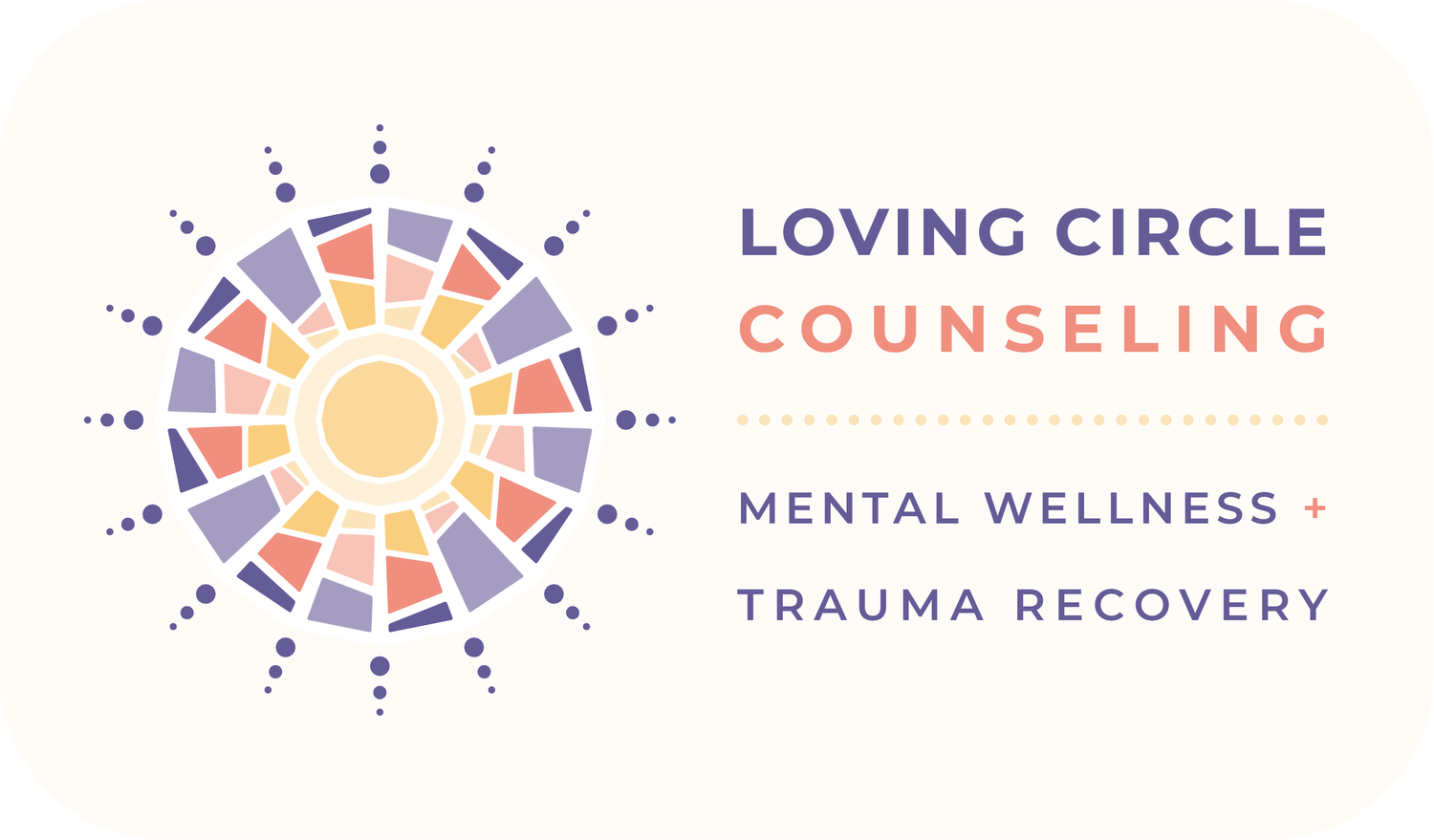Doomscrolling: A Guide to Prevent the Doom Feelings
By Sue Nguyen, LMSW
Throughout everyday life, accessing information has been easier than ever through the touch of a button on our phones. All we have to do is reach into our pocket, type in a passcode if needed, and start surfing on the internet for information. It’s amazing to access your favorite cooking recipes, memes that make you laugh, and the ability to connect with friends and family far and wide.
Unfortunately, even with the benefits and blessings of the internet, it also comes with some disadvantages. The biggest disadvantage that impacts the mental health of so many people – is doomscrolling.
Defining Doomscrolling and Its Impact
Doomscrolling can be defined as the habit of scrolling through social media and news feeds, usually in the context of finding the answers or information on negative events or news (Salamon, M., 2024, September 1). Doomscrolling became more prevalent during the COVID-19 pandemic in 2020, but has become a consistent concern ever since.
Everyone is susceptible to doomscrolling, whether you are a high school student, a college student, a fully fledged working adult, or someone who has retired. Some of us may scroll for hours on TikTok or through Instagram Reels before bed. Others may be hooked onto Facebook Reels or Youtube Shorts during their work lunch break. Others may be scrolling through news article after news article while they eat dinner.
Doomscrolling can become a strong addicting habit, which makes it really hard to stop or redirect ourselves. People often doomscroll in order to find answers or information about the negative events happening in their area, country, or around the world. The hope is to ease the anxiety we may experience when we may not know all the information about something; however, consistently scrolling through negative media has proven to worsen the anxiety and may bring up other emotions such as depression or hopelessness (Cleveland Clinic, 2025, April 22). Prolonged exposure to negative news and information can deepen these emotions that we may already be experiencing before opening up our phones. This then may lead to a decrease in social connection, low hope in the future, and overall lower levels of wellbeing.
In a study done by researchers in Turkey, which consisted of 378 participants, had found that those who engage with social media are more likely to experience a decrease in agreeableness and extraversion (Satici, S. A., Gocet Tekin, E., Deniz, M. E., & Satici, B., 2022). The ability to be agreeable and extraverted, to some degree, serves as important aspects to maintaining important relationships. Those who engage in social media more are likely to have a harder time stepping away from their device and engaging with the current present moment. We often see this at restaurants when a whole table of friends or family members are on their phones, scrolling, as they wait for their food to come.
With that, we then wonder, why can’t we stop even after knowing this? There may be many reasons why it can be hard to stop. These reasons may include the fear of missing out on important information, the fear of not being informed enough or doing enough, or the brief relief of anxiety after finding the answer you were looking for. Once we are able to recognize why we may be doing this, it’s easier to explore strategies on how to decrease our tendency to doomscroll.
Ways to Mitigate Doomscrolling
There are many solutions and ways to decrease the impacts of doomscrolling. Here are a couple of things to try:
Have Boundaries with Social Media
Decrease the overall time you spend on the internet. This could be done by doing time limits, limiting which apps you engage in, limiting how much you read on a post/article (skimming, headliners only, etc.), or limiting/controlling your feed on each app to the best you can.
Find other ways to gain the information you need.
This could be through friends, books, or specific websites that won’t enable you to scroll endlessly.
Increase your own awareness of doomscrolling impact.
Increase awareness and mindfulness of your own emotions and usage.
Find a community and discuss the news you have found in order to feel less alone.
Find positive news to balance out the negative views.
We often look into Google or the news to confirm our own biases, even if we do not realize it. Therefore, it takes a conscious effort to find positive news and intentionally look for a more balanced and realistic perspective.
These may be some great ideas and tricks to try, but if you find yourself still stuck, reach out for support! Whether from family, friends, or a therapist. Although this may seem small, doomscrolling and media intake can take a toll on your mental health. Make your mental health a priority today by reaching out.
Sources
Cleveland Clinic. (2025, April 22). What doomscrolling is and how to stop.
https://health.clevelandclinic.org/everything-you-need-to-know-about-doomscrolling-and-how-to-avoid-it
Salamon, M. (2024, September 1). Doomscrolling Dangers. Harvard Health.
https://www.health.harvard.edu/mind-and-mood/doomscrolling-dangers
Satici, S. A., Gocet Tekin, E., Deniz, M. E., & Satici, B. (2022). Doomscrolling Scale: Its
association with personality traits, psychological distress, social media use, and Wellbeing. Applied Research in Quality of Life, 18(2), 833–847. https://doi.org/10.1007/s11482-022-10110-7


